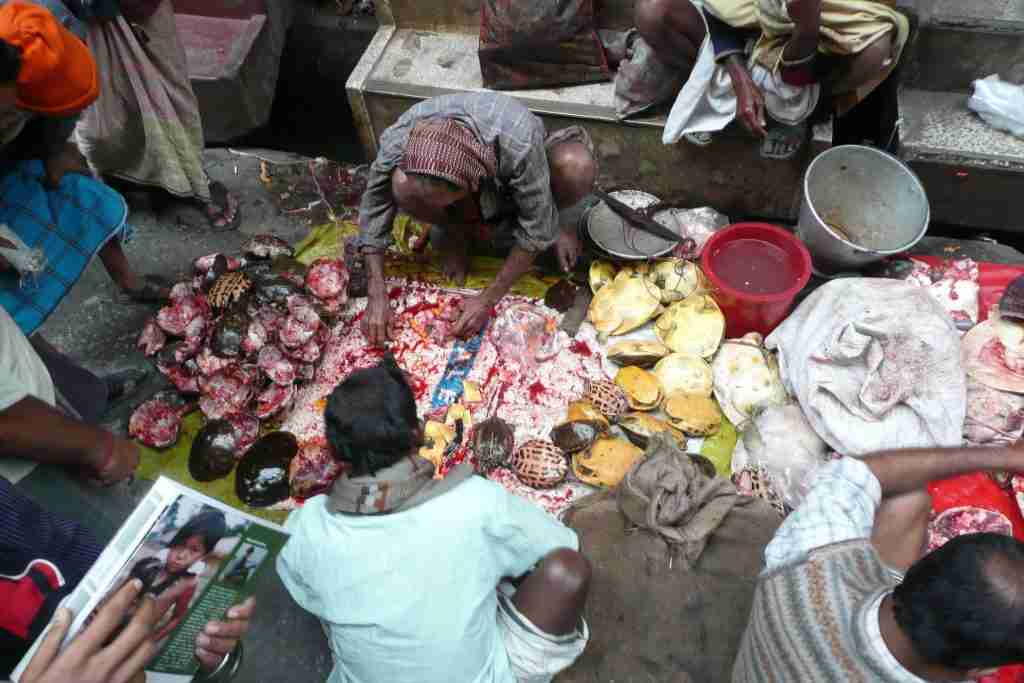SUMMARY
Across South Asia, turtles are traded illegally on a massive scale. They are taken from the wild and sold not only into the global pet trade but also for meat, eggs, and traditional medicine. In many regions, turtle meat is considered a delicacy and a high-value protein source. With rapid economic growth in South Asia over recent decades, purchasing power has increased — and so has the demand for turtles in markets and restaurants.
HOW BIG IS THE THREAT?
The illegal turtle trade in South Asia is driven by cultural customs, culinary demand, and spiritual practices. During the annual Kali Puja celebrations in India and Bangladesh, tens of thousands of turtles are sacrificed. In 2013 alone, approximately 30,000 turtles were slaughtered in Dhaka for ritual purposes.
This crisis is not limited to Asia. Historically, the European pond turtle was widely consumed during fasting seasons in Europe, and turtle meat is still commonly eaten in parts of the United States — sourced either from farms or taken directly from the wild. The pressure on turtle populations in rivers, lakes and wetlands has been ongoing for centuries, but in South Asia, the scale of extraction has increased dramatically in recent decades.
OUR ROLE IN COMBATING TURTLE TRAFFICKING
Turtle Island works directly in regions affected by wildlife trafficking. We purchase live protected turtles from fishermen before they reach illegal markets and either release them into secure habitats or include them in long-term conservation breeding programs.
This is not creating new demand. In Bangladesh alone, an estimated 50,000 fishermen collect turtles daily in ponds, rivers, and wetlands. Existing enforcement frameworks offer little protection — international wildlife laws do not apply within national borders.
Our intervention directly reduces the number of turtles entering illegal trade networks and provides a lifeline for critically endangered species that would otherwise disappear.


